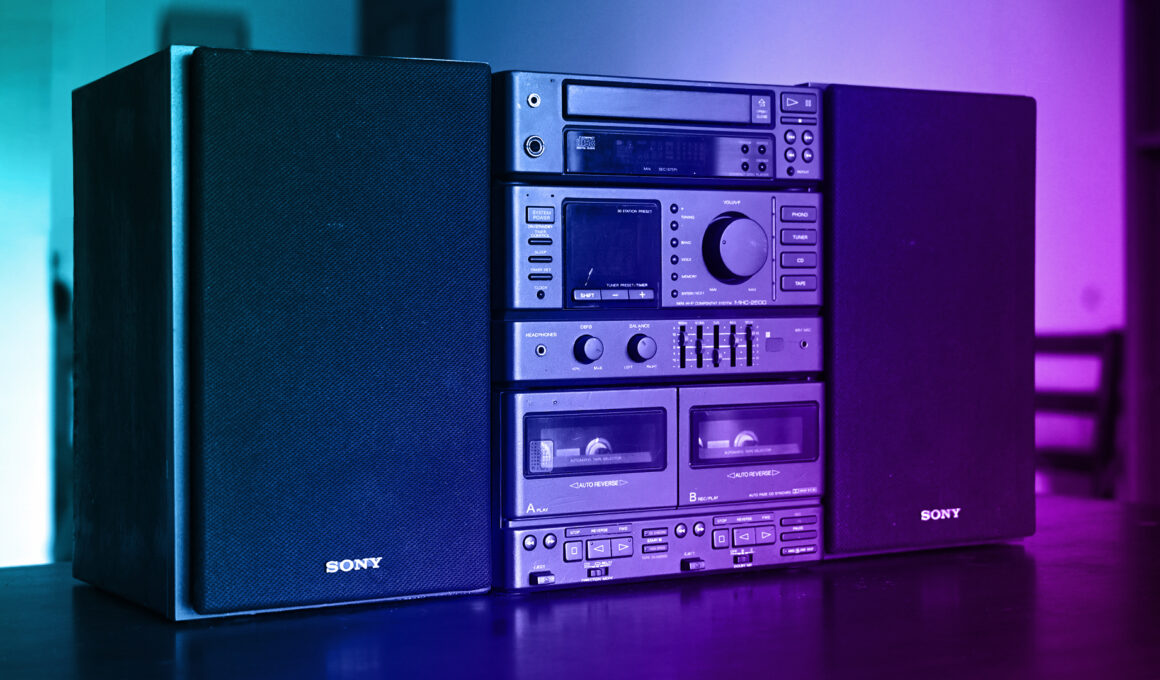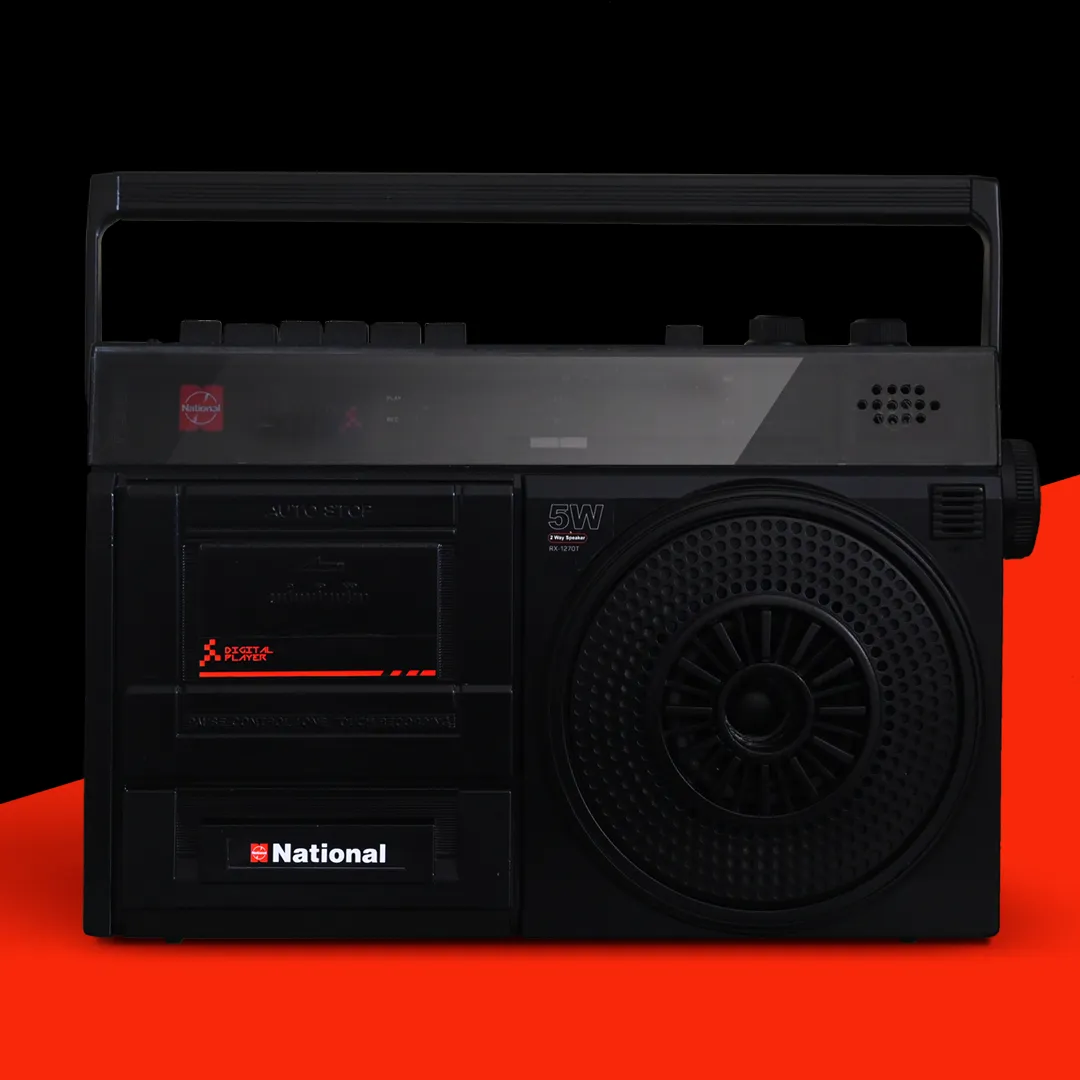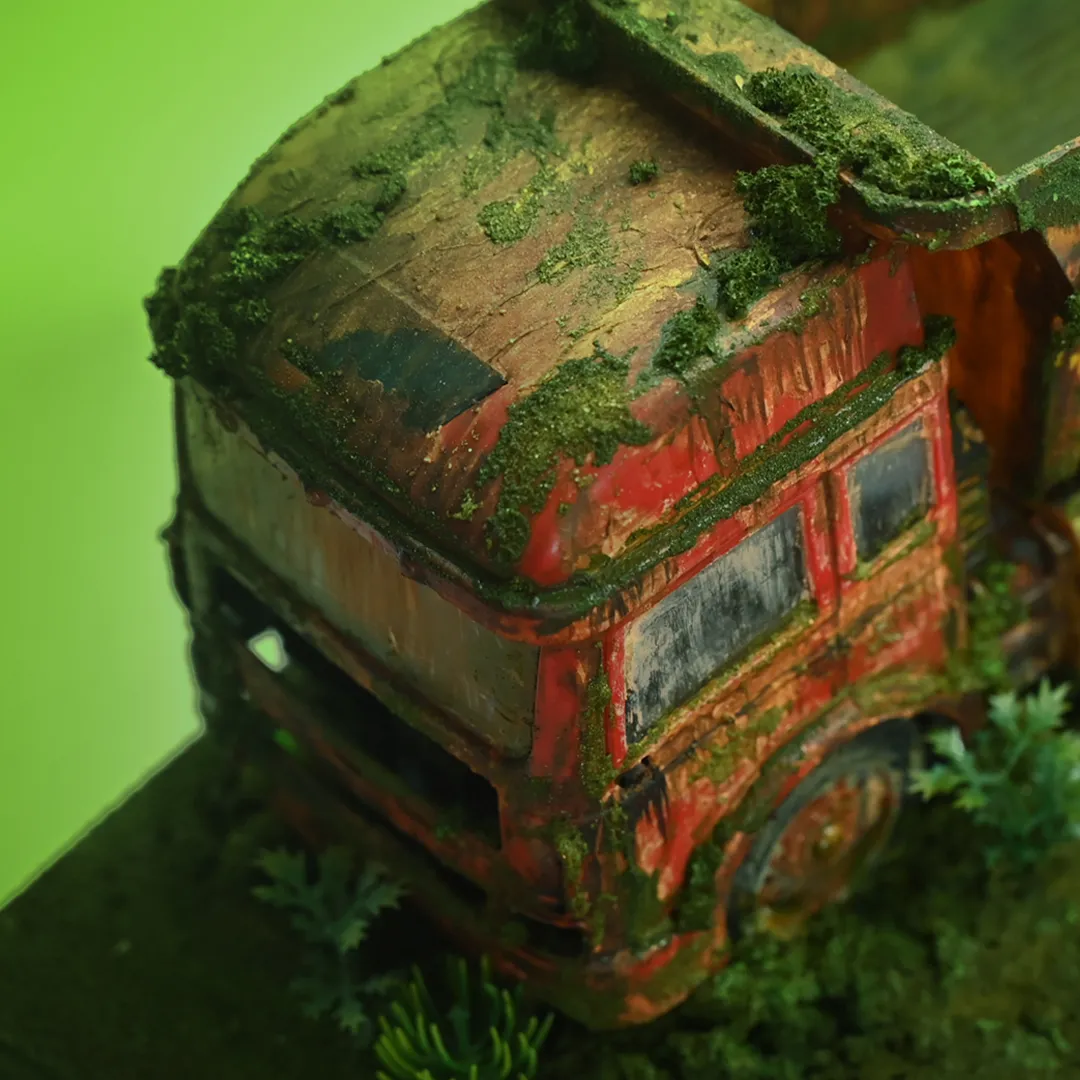A compact design and robust sound quality audio system Sony MHC-2500..
Restoring and Exploring 90s Sony MHC-2500 Mini Hi-Fi System, here I’m sharing a restoration and exploration of the 90s Sony MHC-2500 Hi-Fi system. Analog music until the 90s represented a genuine love for quality sound and a unique satisfaction in experiencing music. Cassette decks, vinyl turntables, and Hi-Fi systems from that era were crafted with a dedication to sound quality. They offered a rich, immersive listening experience that deeply resonates with audiophiles. Appreciating analog players means valuing the artistry in both the music and the devices. These machines were built to last, showcasing meticulous attention to detail and a commitment to delivering the best possible sound.
The 90s were my teenage years, and they marked the peak of the cassette music era. Cassettes were hugely popular back then, along with Walkman, medium-format tape recorders, and decks. I was passionate about both music and audio equipment, using various Walkman, tape recorders, and amplifiers. I dreamt of owning a big music deck (like a Sony MHC-2500 Mini Hi-Fi System), but at that time, it cost around Rs 20,000 to 30,000, which was beyond my reach. Despite this, I managed to achieve good audio output with a reasonably high-end amplifier. Subwoofers weren’t well-known then, so I used bigger speakers in large wooden enclosures for good bass. I even mounted speakers in mud pots as a creative solution, which was creative for those days.
A Dream Fulfilled: Acquiring the Sony MHC-2500
I’m excited to share the story of how I fulfilled a childhood dream by acquiring the Sony MHC-2500 Mini Hi-Fi. While working in Bangalore in 2020, I accidentally found a small electronics repair shop filled with old radios, tape recorders, and TVs. My eyes caught a cassette deck on a rack, which was being used to play a radio station. I asked the owner if it was his. He confirmed and mentioned that the cassette and CD players were broken, and that cassettes are rare now. I asked if he would sell it, and he offered it for Rs 2,000. Without hesitation, I agreed, paid him, and finally took home my dream Hi-Fi system.
It was the Sony MHC-2500, a mini Hi-Fi system with a cassette deck, CD player, and AM/FM radio, was a dream of mine since my teenage years. Known for its compact design and robust sound quality, holding it felt like reconnecting with my past. Now, I’m excited to restore it to its former glory and relive the rich, immersive sound that defined those days.
The Condition and Initial Inspection
Despite being second-hand, the unit was in good condition, with no external damage—just some dust and moisture. The CD player wasn’t working due to a burnt power circuit board, and one of the cassette decks was also faulty. However, the middle power and amplifier section was operational, and the sound quality was incredible, surpassing modern digital players. I decided to temporarily convert the CD section into a Bluetooth receiver using the same deck, so I could keep the system in use.
Now, I’ve decided to go a step further and completely revamp the system. The plan is to fix the cassette player and transform the CD section into a high-quality pre-amp.
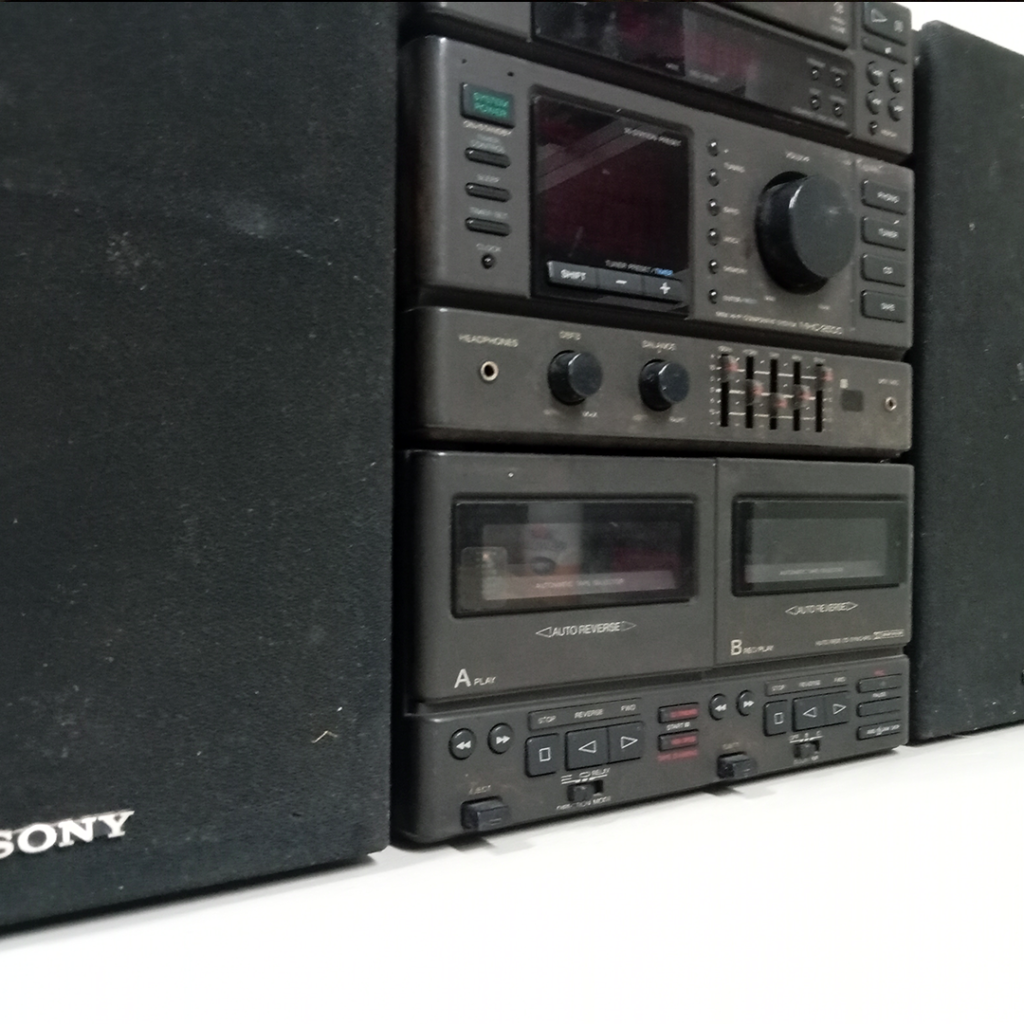
This was condition before restoring, I completely disassembled the internal components for thorough cleaning, removing dust and moisture. I troubleshooted and repaired the non-functional cassette deck by replacing the belt and cleaning the tape heads. I also painted the chassis, polished the panels, and constructed new wooden enclosures for the left and right speakers.
This system having three components/sections.
1. Receiver, Model: STR-H100.
2. Cassette Deck, Model: TC-H500
3. CD Player, Model: CDP-S39.
4. Speaker System (L&R) Model: SS-H2500.
1. Receiver, Model: STR-H100
The receiver section of this system contains several critical components: the Power, Tuner, Audio , Power Amp, Transformer, Volume Control, and Control Panel. Upon opening the top cover, I was immediately impressed by the meticulous planning and elegant design of the internal layout. Each board and component is thoughtfully arranged and precisely positioned, showcasing an impressive level of craftsmanship.
I carefully disassembled all the parts, finding them in good condition overall, with no significant defects, only a layer of dust accumulated over time. Using a brush, I removed all the dust from the panels and boards. I cleaned the front plastic panel with soap and water to remove all dust and moisture and metal chassis were in good condition. For restoration, I chose silver for the metal chassis and applied a matte clear spray to the panels to restore the dried-out surface.

Here’s the bottom view of the chassis, after freshly coated with two layers of silver spray paint.
Transformer

Transformer board mounted on chassis, it specified handles input voltages from 110 to 240 AC, providing outputs of 20V, and 16V, along with a ground connection. It has eight output terminals, three of which are not connected, and a fuse between the input AC and the transformer.
Power Amplifier
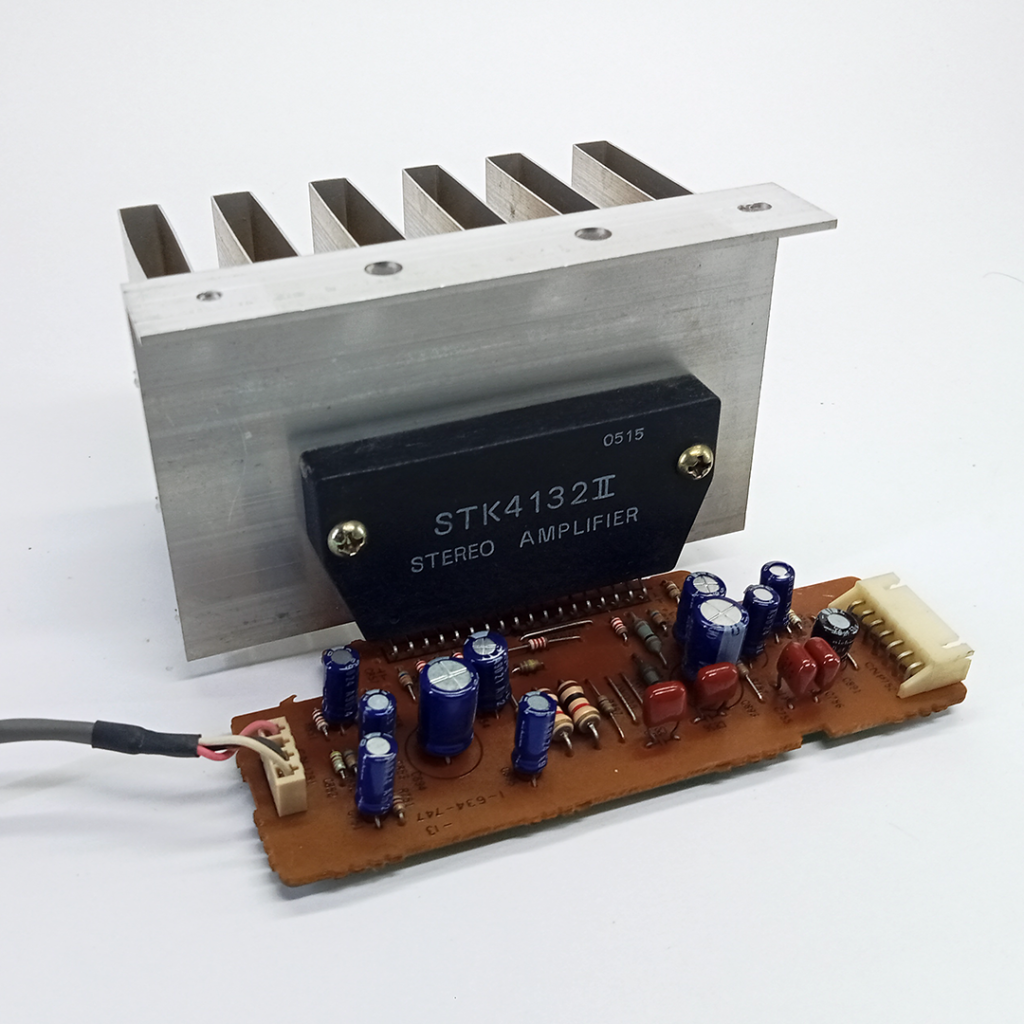
This is the power amplifier unit featuring the STK 4132, a high-performance audio IC. It delivers up to 100 watts per channel into an 8-ohm load with low distortion, ensuring clear and accurate sound. The IC has built-in thermal protection to prevent overheating and damage. It connects externally via an audio input and a power output for the left and right speakers. The output connects to a 3-way, 3-driver loudspeaker system, featuring a 45W bass driver, a midrange driver, and a tweeter.
Back Panel
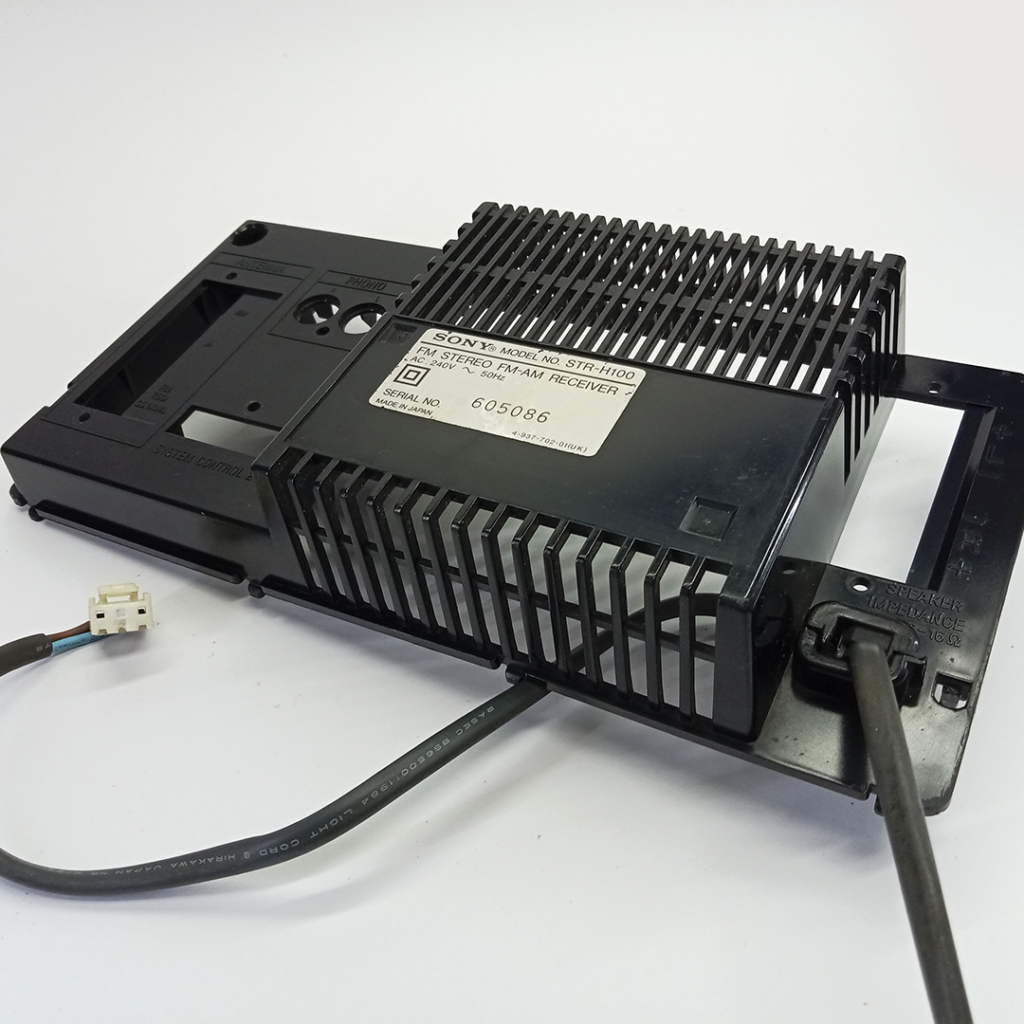
This is the back panel, which provides connections for audio output, phono out, radio antennas, and AC power input.
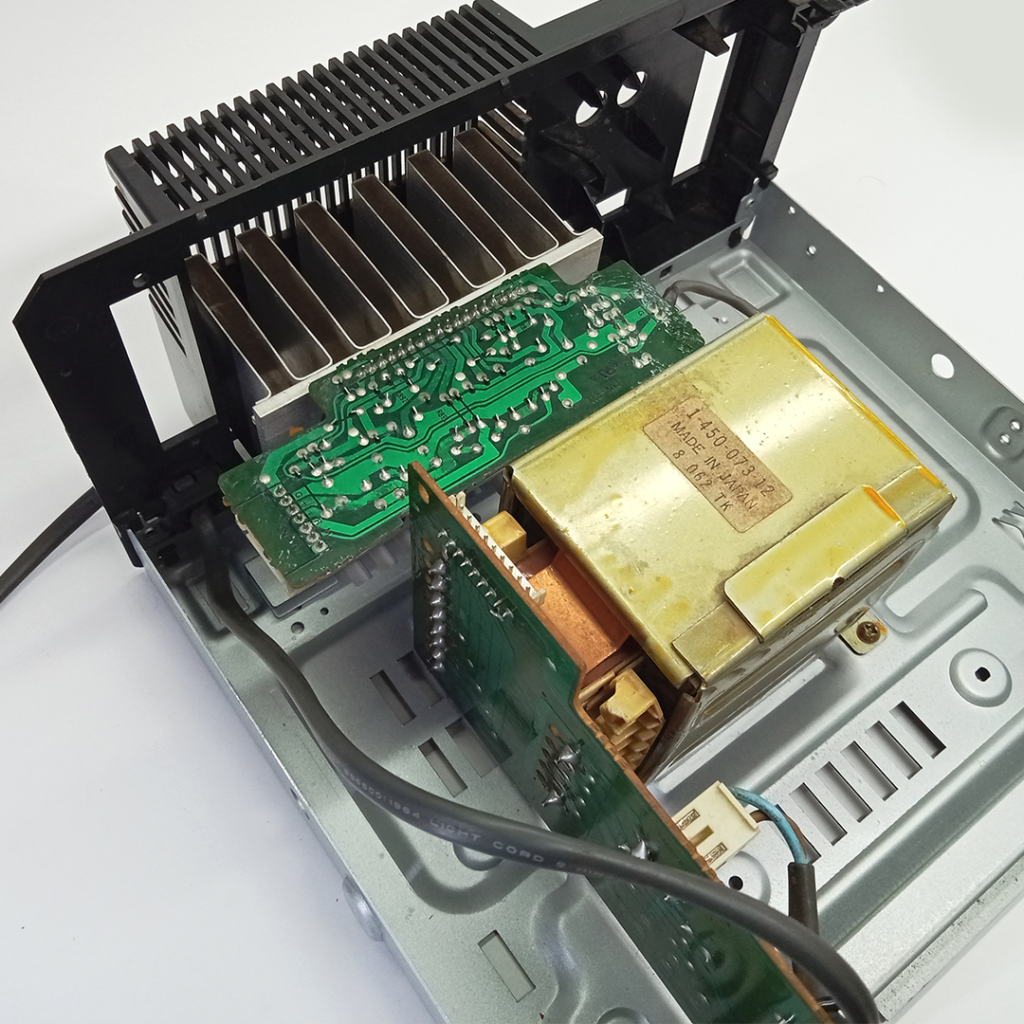
I installed transformer, power amplifier board and the back panel. The power amplifier board is mounted to the chassis with screw through heat sink, while the back panel is fixed at rear of the chassis.
Power Board

This power distribution board also includes speaker and headphone outputs. The power supply circuit features an ultra-fast recovery diode (RBA-402), a pair 2.2A breaker, a relay, and an M5230L variable output regulator IC. Additionally, there are two sets of connections to the front panel, which contains controls for the power on/off switch, display, radio control, Dynamic Bass Feedback (DBFB), volume control, and an equalizer, among other functions. It also provides power supply and audio input connections to the power amplifier board.
Tuner Board and Audio Board
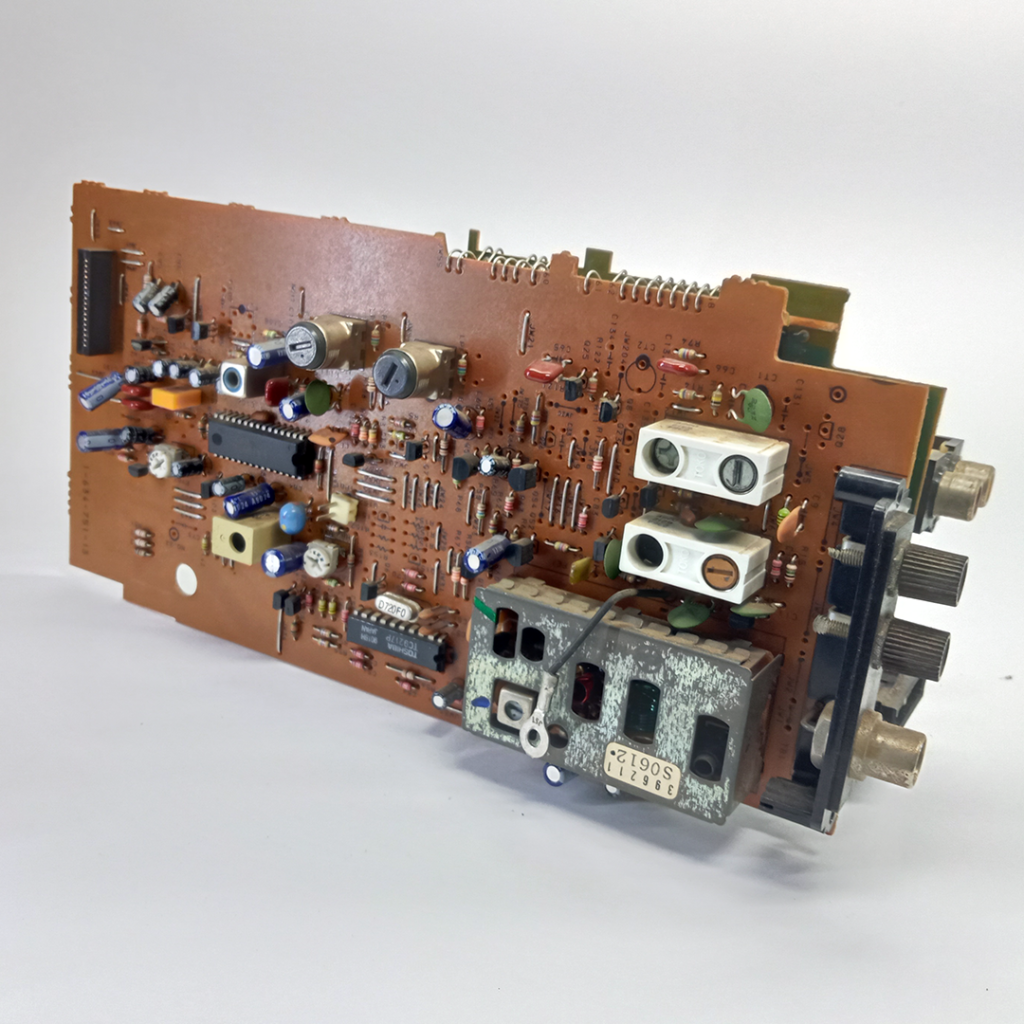
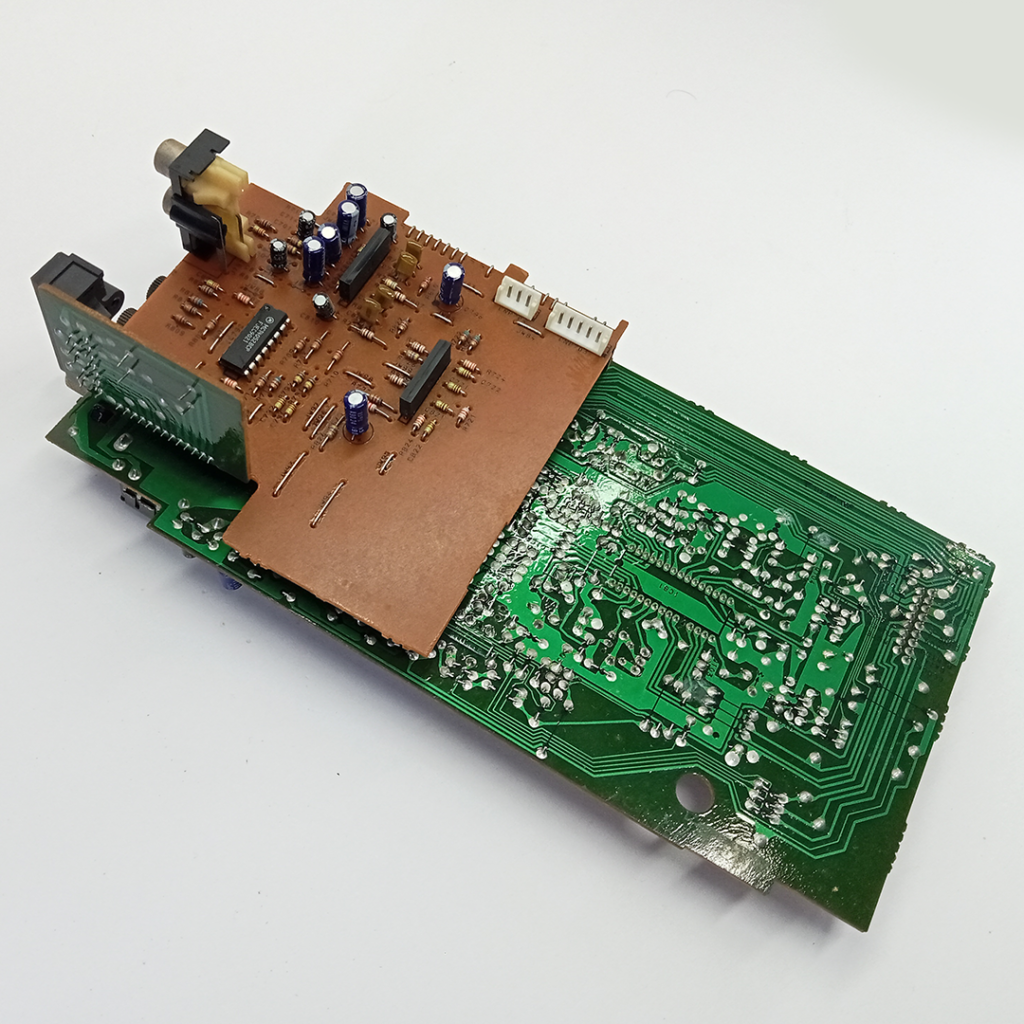
The tuner board and audio board are positioned one behind the other. The tuner board utilizes the LA1851N for receiving AM and FM stations, along with the TC9217P – a digital volume control IC. From this receiver board, an FCC ribbon cable connects to the front control panel. Also tuner board which includes AM and FM antenna jacks. On the audio board, the primary component is the phono amplifier board, which features the M5218AL for stereo audio mixing and processing. Additionally, the dual 4-channel analog multiplexer/demultiplexer IC14052BCP is employed for signal switching and routing. Audio board also connected to the system control connections board.
Front-end control panel and circuit board
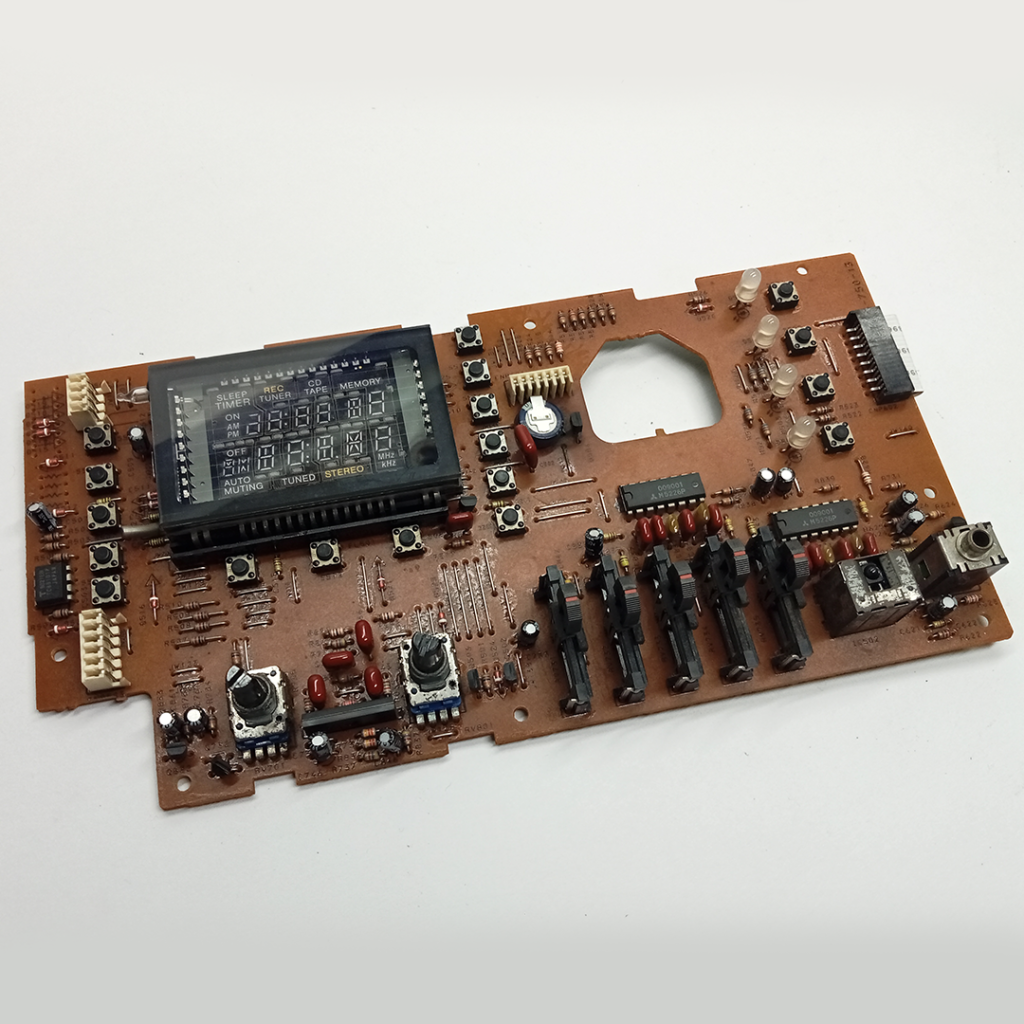
The panel board having controls for the power on/off switch, Fluorescent Indicator Tube, radio control, Dynamic Bass Feedback (DBFB), volume control, equalizer, IR receiver, mic jack among other functions. The board also has an equalizer circuit with controls for 12 kHz, 4 kHz, 1 kHz, 400 Hz, and 100 Hz frequencies.
Volume Control Board
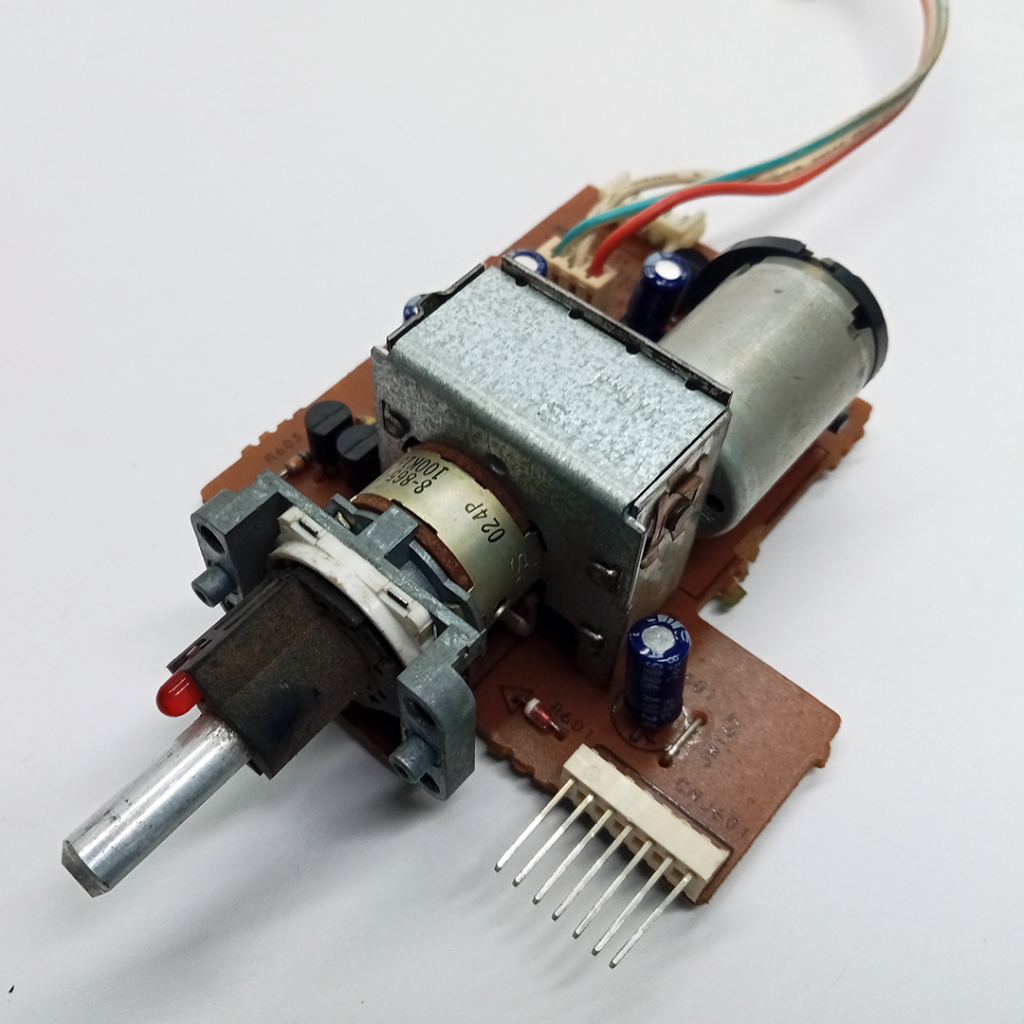
The volume control board, which is connected to the panel board, receives audio signals from the panel board and sends them to the power amplifier board.
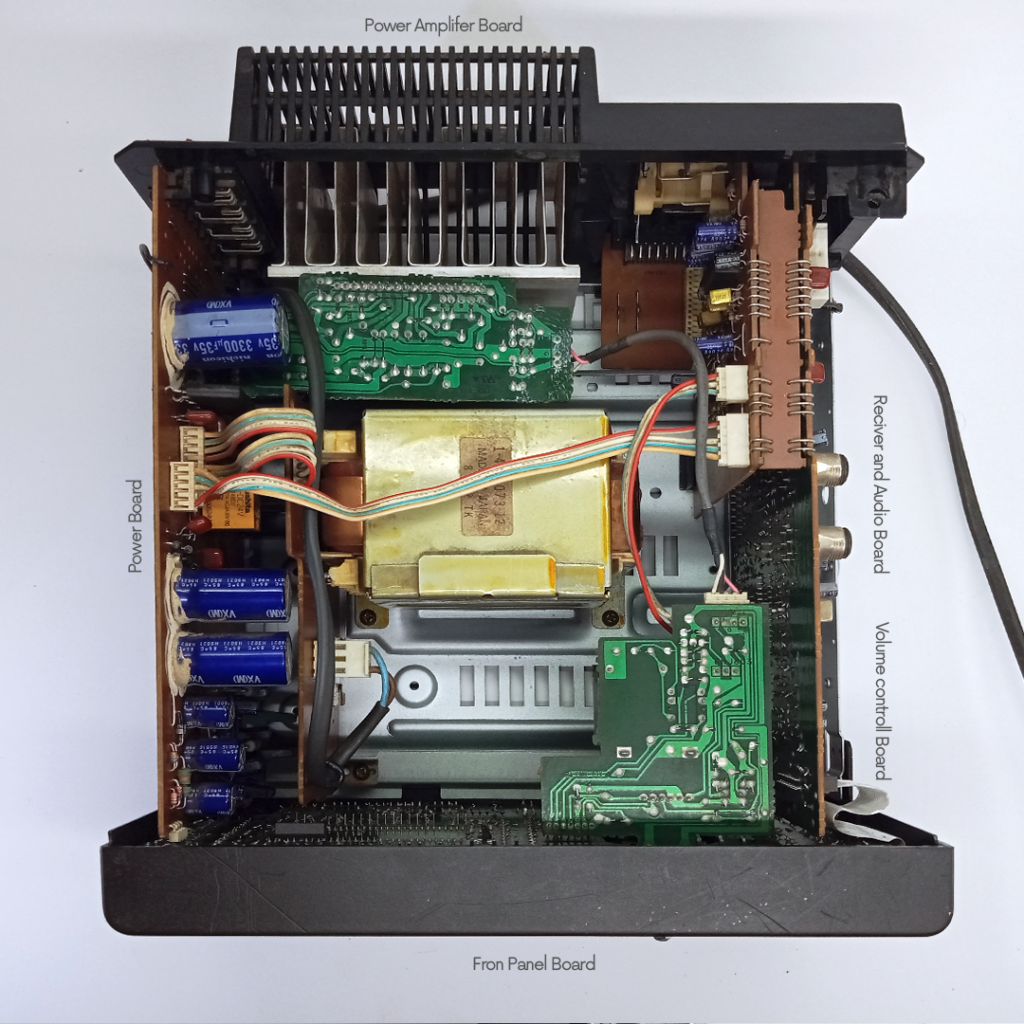
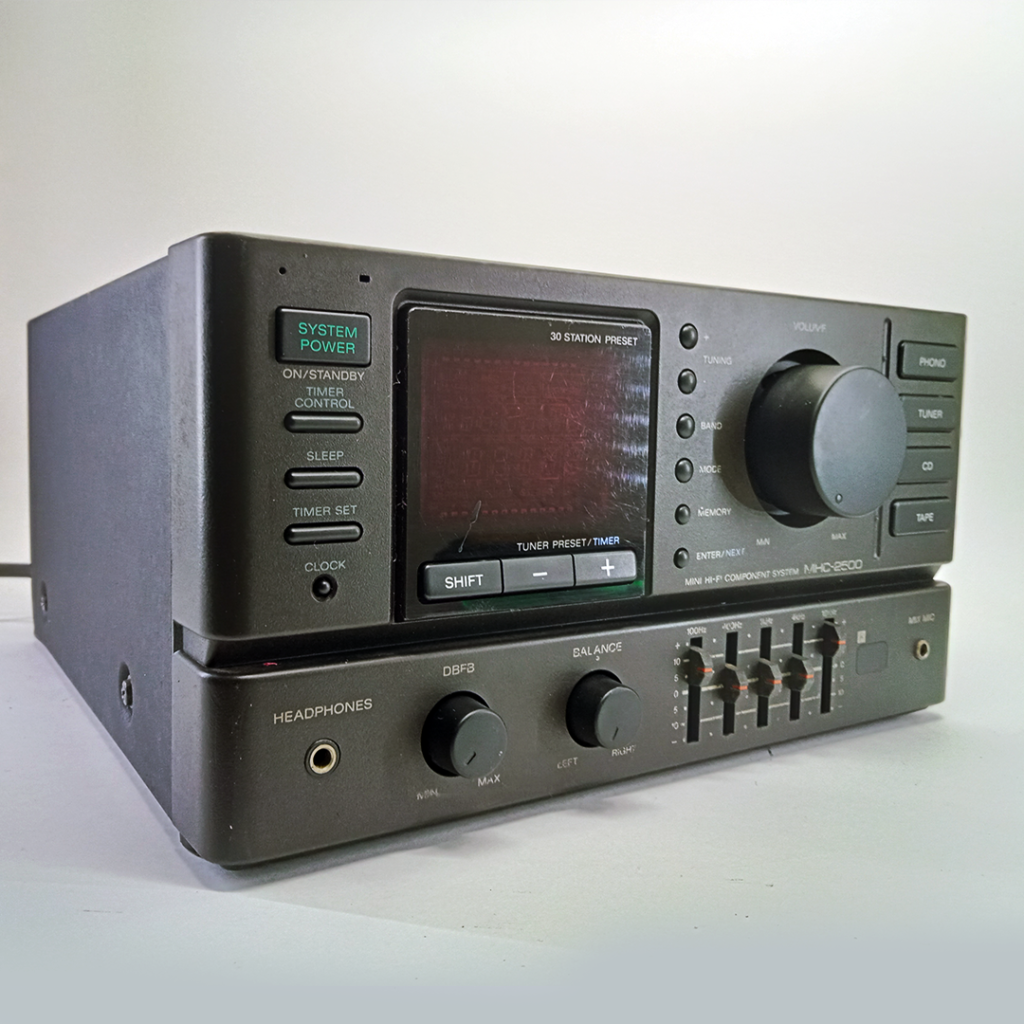
After installing all the boards, components and wire connections on receiver section.
